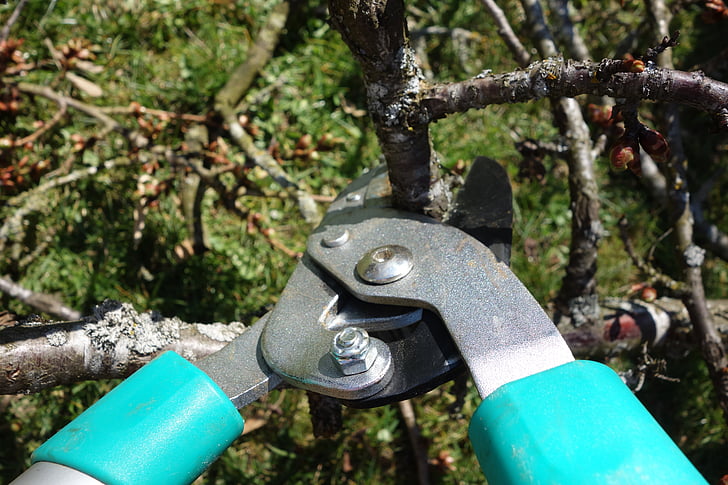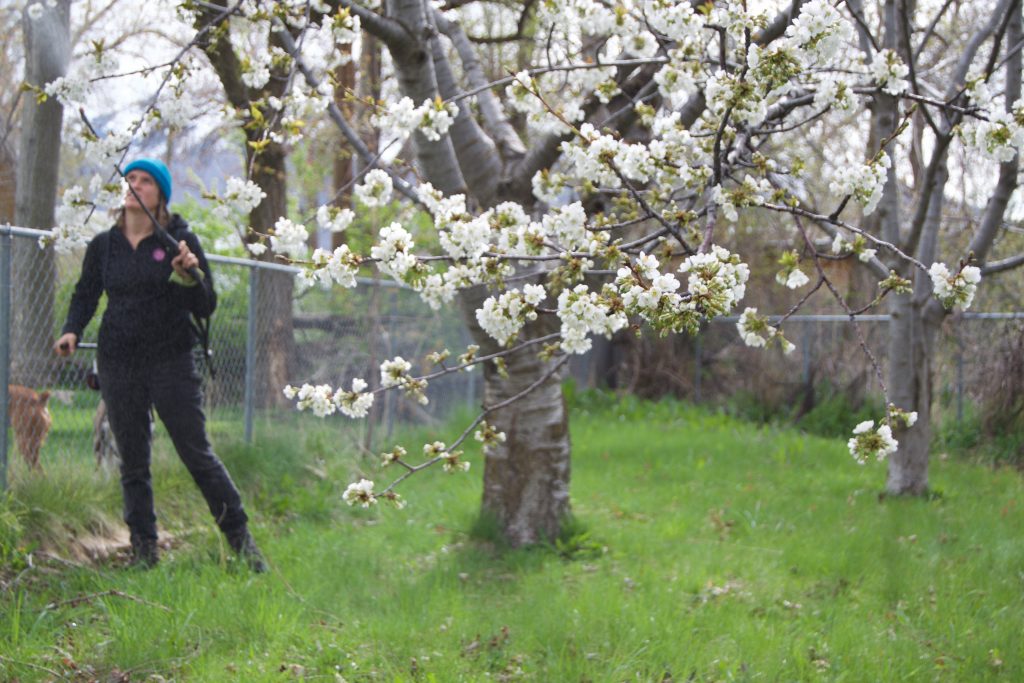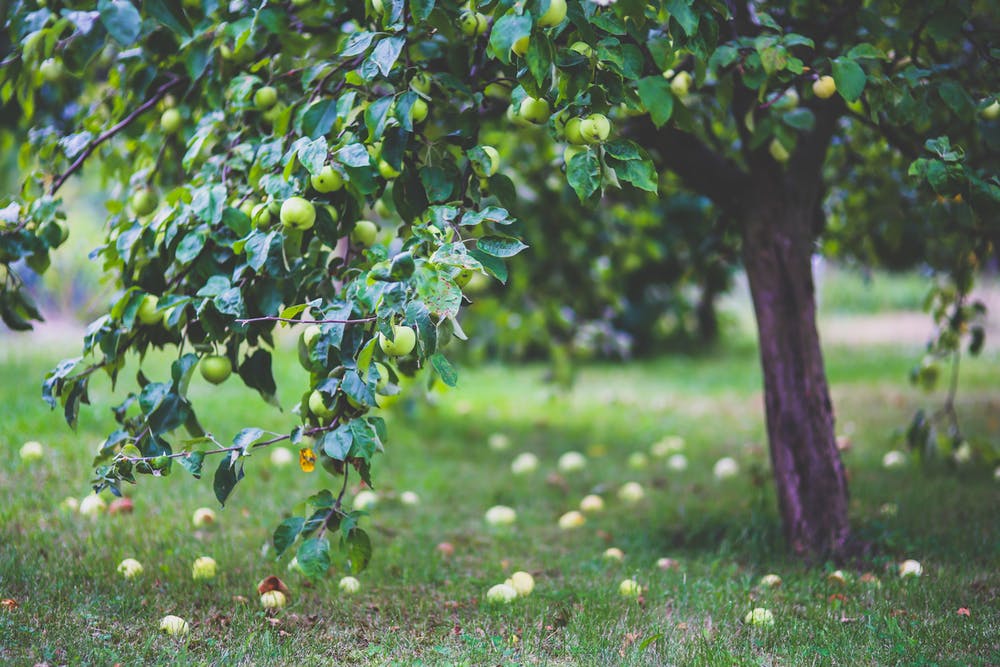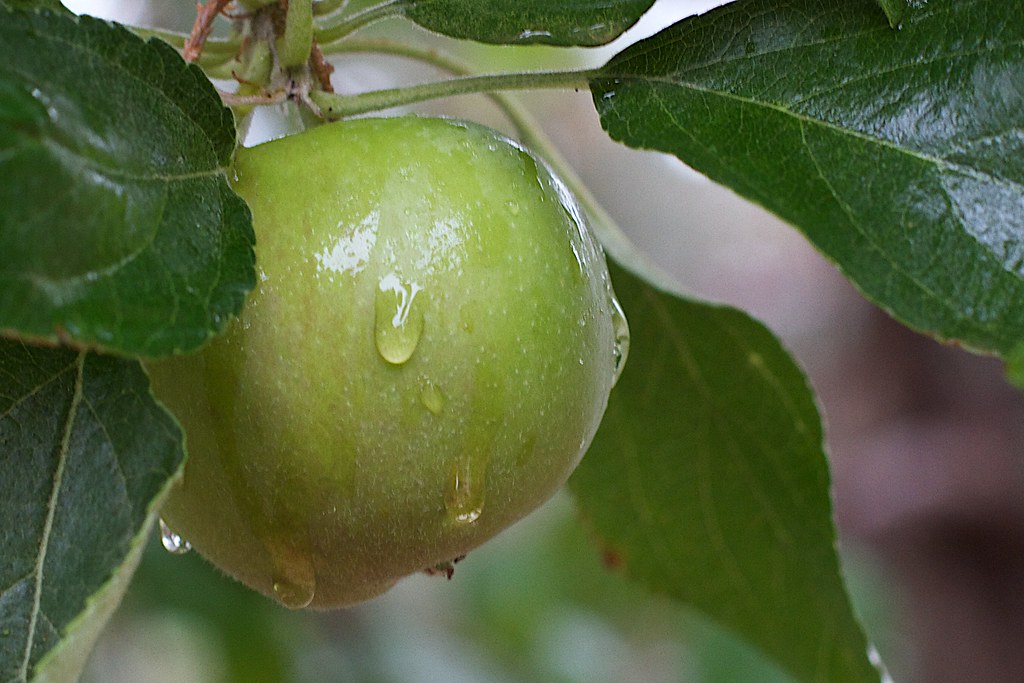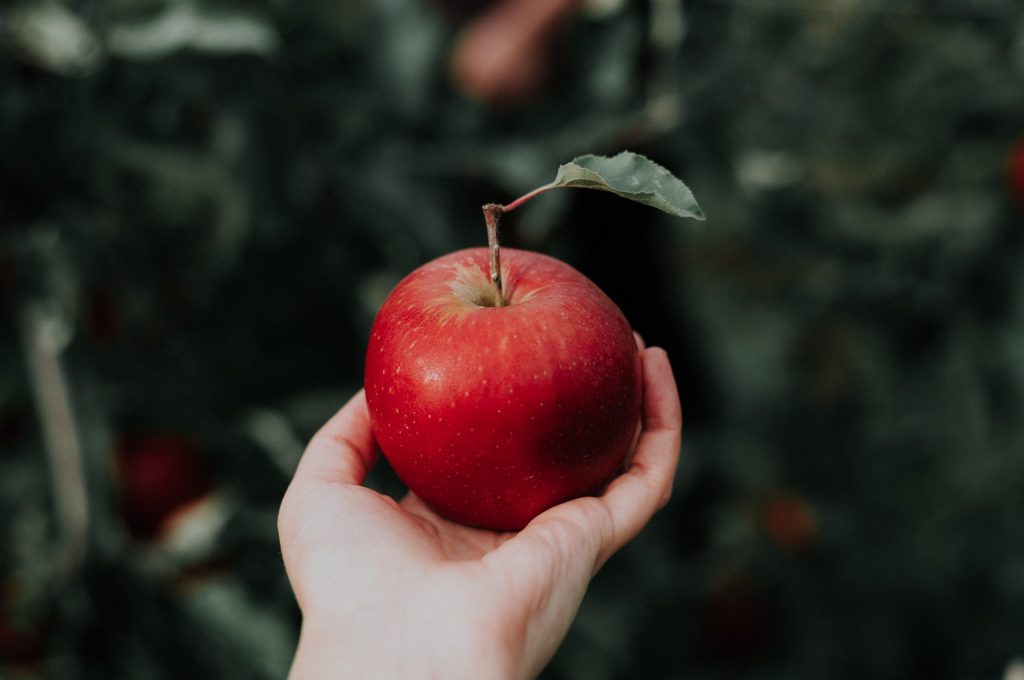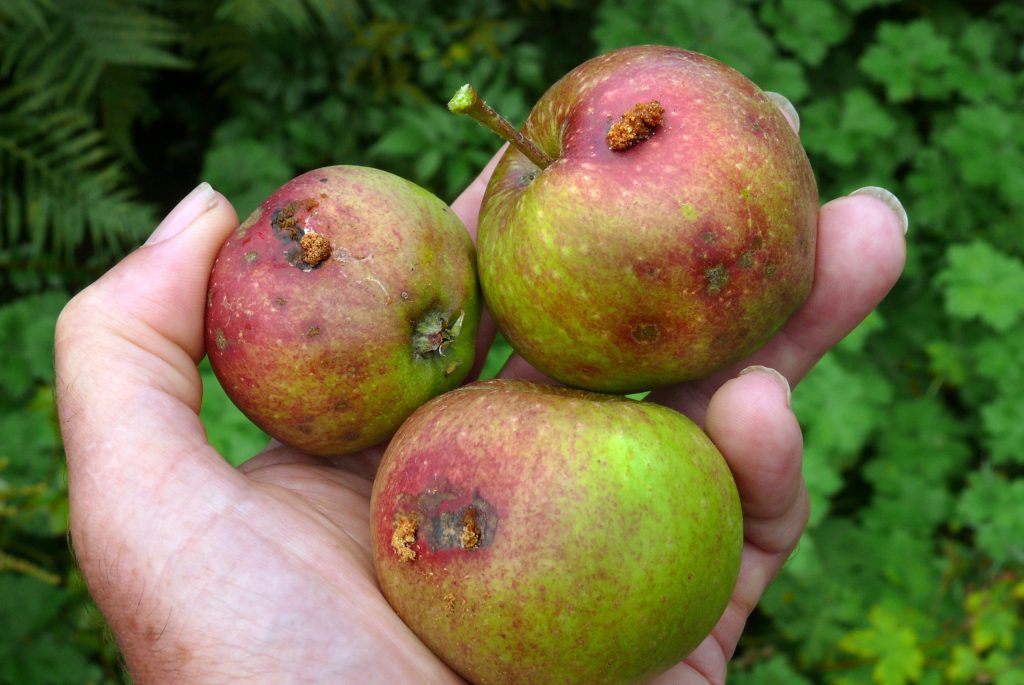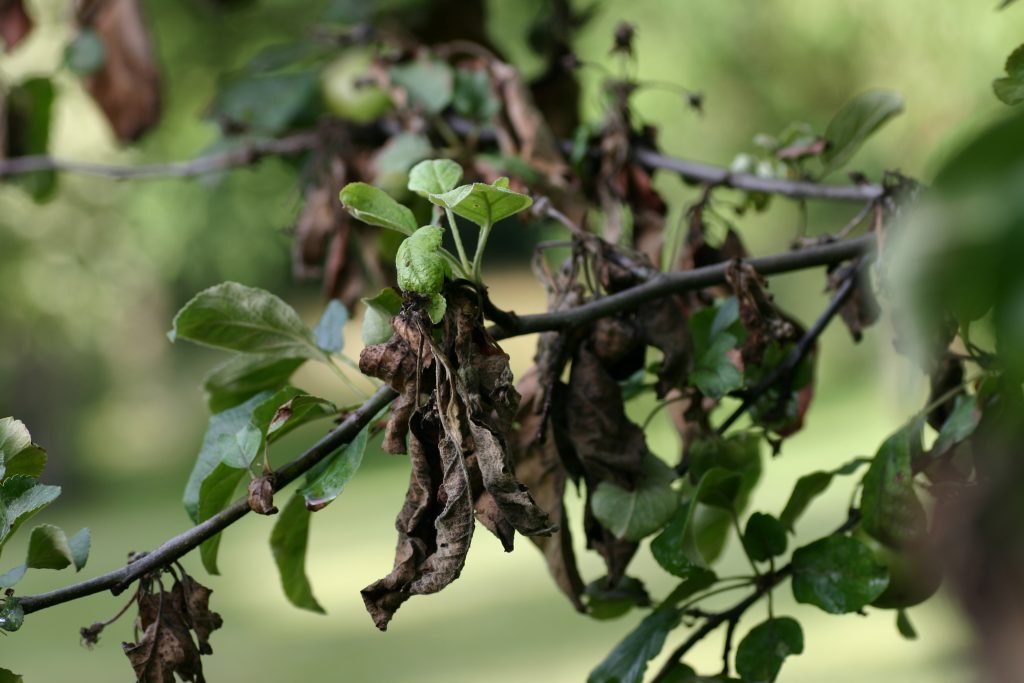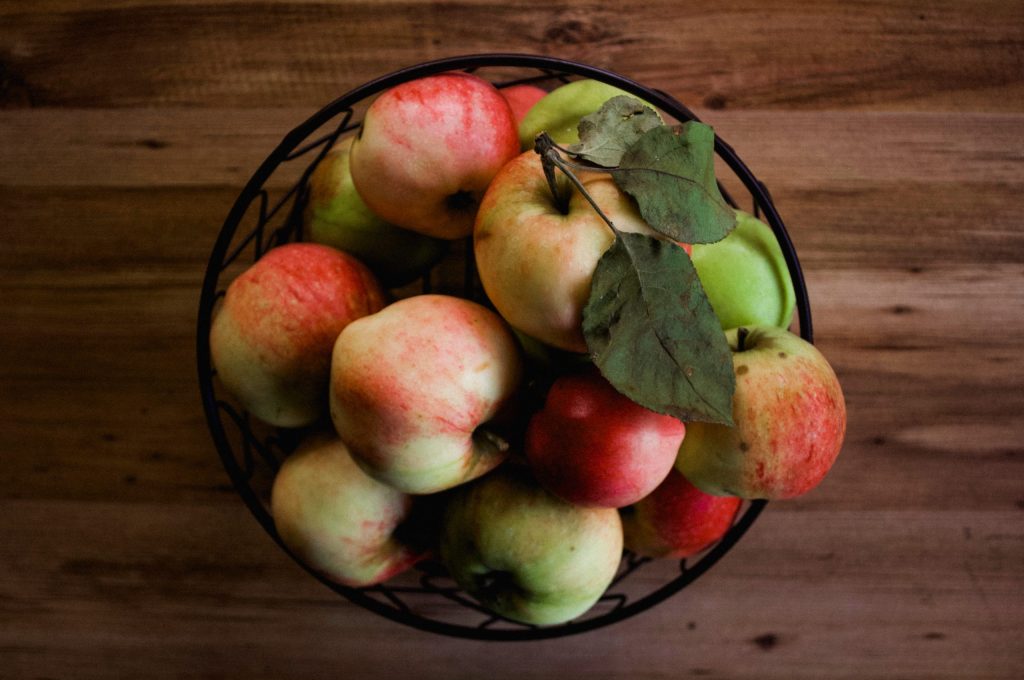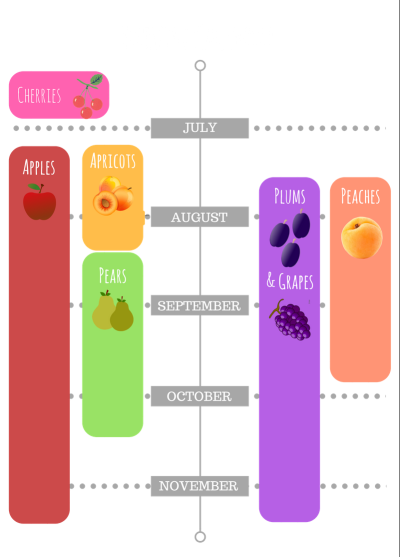Schedule a Harvest with Us!
A good time to schedule a harvest is when the apple seeds have turned dark brown. We cannot harvest if...
- The load is too low. Must be at least 200 pounds of fruit.
- The fruit is overripe (the fruit will have a mealy texture or will be overly soft and bruised) and will not transport or store well.
- The fruit is far too underripe. The seeds must have turned dark brown to be harvested.
